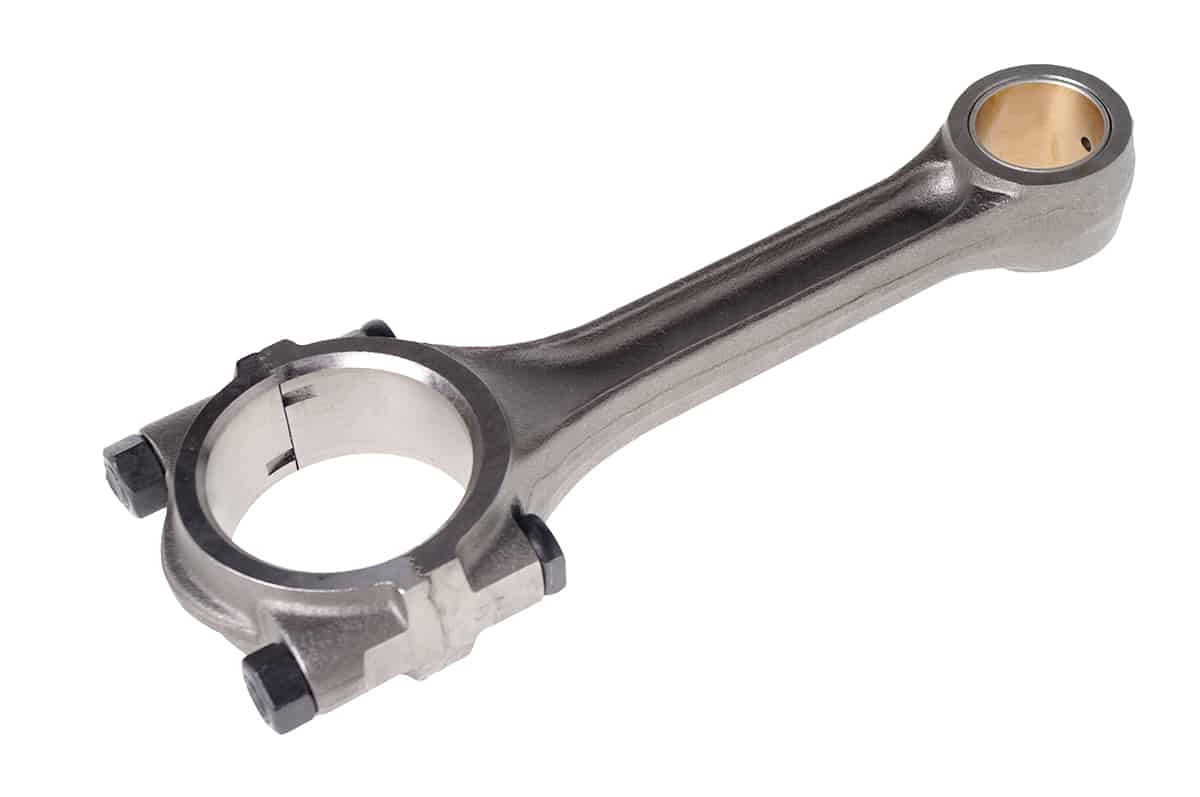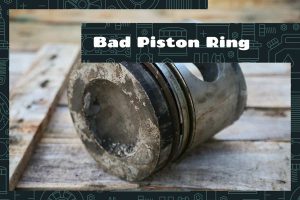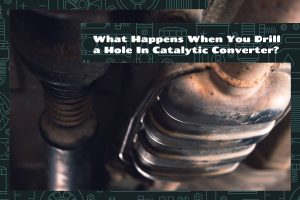The internal combustion engine, an engineering marvel that powers our cars, is a complex symphony of moving parts working in harmony. However, when something goes awry, like a discordant note in an orchestra, it can lead to issues. One such problem that many drivers encounter is known as ‘rod knock’, a term that can induce a sense of dread.
Rod knock is a deep rapping noise that originates from the engine, often becoming louder as the engine speed increases. It’s caused by excessive clearance in the connecting rod bearing, leading to a knocking sound due to the impact of the metal components. Common causes include insufficient lubrication, engine wear, and poor fuel quality.
In this guide, we’re going to explore the world of rod knock in cars. From understanding its mechanics, recognizing its symptoms, and knowing its causes, to practical steps in fixing it, we’ll cover everything you need to know to handle this common yet critical car issue.
Digging Deeper into Rod Knock
In essence, rod knock is an auditory symptom of a more profound mechanical problem within an engine. The sound is the result of a connecting rod’s bearing in the engine creating excess clearance. When the engine’s crankshaft rotates, this clearance causes the connecting rod to move more than it should, creating a knocking or tapping sound hence the term ‘rod knock’.
Each engine cylinder houses a piston connected to a rod, which in turn is attached to the crankshaft. During operation, the piston moves up and down, driven by the controlled explosions within the cylinder. This motion is transferred via the connecting rod to the crankshaft, converting linear movement into rotation.
The connecting rod pivots on the crankshaft using a bearing, a small piece of softer metal compared to the crankshaft. This bearing absorbs the majority of the force exerted by the rod and helps it slide smoothly over the crankshaft.
Why Rod Knock is a Serious Issue
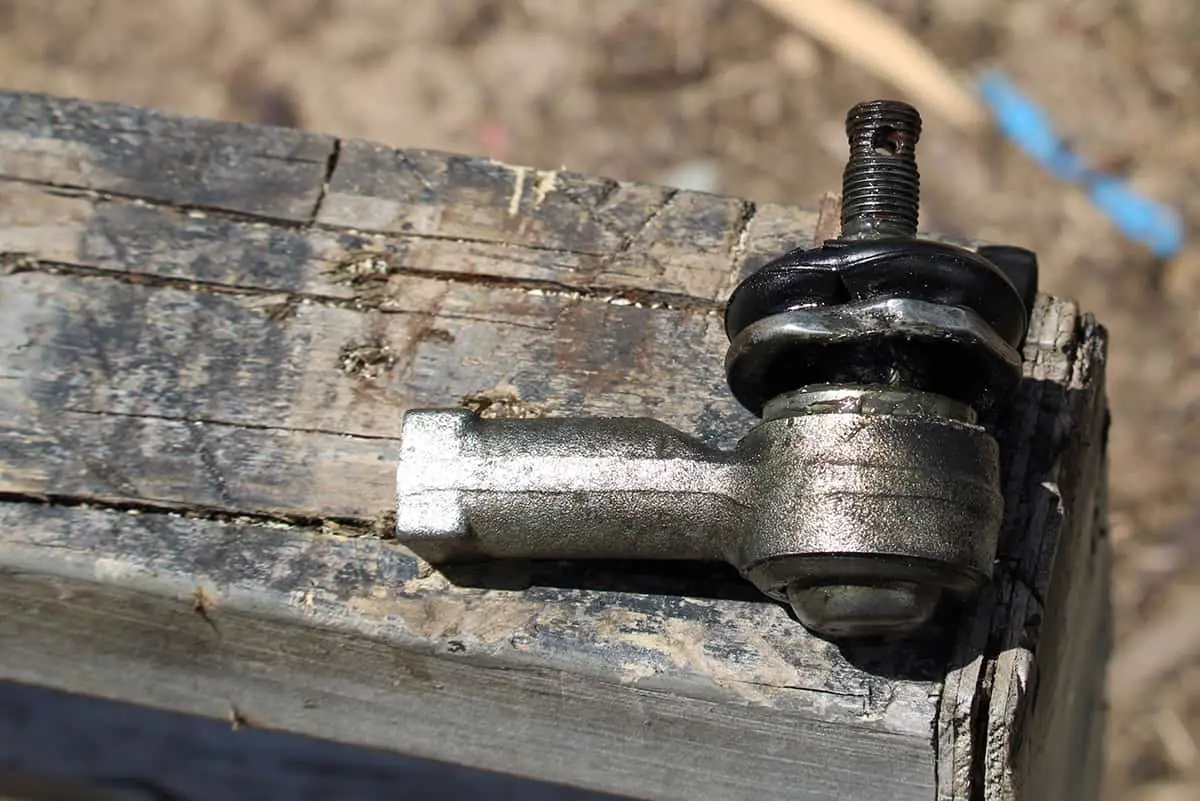
A functioning engine is a finely tuned machine where each part works in harmony with the others. Rod knock disrupts this balance. The knocking can cause further damage to the bearing, potentially leading to a ‘thrown rod’— a catastrophic failure where the rod disconnects from the crankshaft and pierces the engine block.
Besides the potential for catastrophic engine failure, rod knock can also decrease engine performance and efficiency. The extra space created by a worn or damaged bearing can affect the timing of the piston’s movement within the cylinder, resulting in lost power and increased fuel consumption.
Signs of Rod Knock
Rod knock, being a common problem, requires keen attention. The sooner you identify it, the better the chance of minimizing the damage to your vehicle.
What Does Rod Knock Sound Like?
The signature sign of rod knock is the distinct sound it produces. This sound is often described as a deep and low-frequency knocking, tapping, or rapping noise coming from the engine. It’s more audible at low and steady speeds, especially when the engine is under load, such as during acceleration or uphill driving.
The sound typically intensifies as you increase the engine’s RPM (revolutions per minute). If your car’s engine starts producing a noise that synchronizes with the RPM, it’s a strong indication of rod knock.
The rhythmic, repetitive knocking sound should not be mistaken with the high-pitched and irregular pinging or ticking noise caused by other engine issues like valve problems or injector noise.
Other Symptoms of Rod Knock
While the knocking sound is the most telling sign of rod knock, other symptoms might also surface, hinting at the same problem.
- Engine Vibration: Rod knock can cause your engine to vibrate more than usual. This is because the worn or damaged bearing disrupts the smooth motion of the piston and rod, leading to unbalanced forces within the engine.
- Reduced Engine Performance: Rod knock might cause a noticeable drop in your vehicle’s performance. It can manifest as reduced power during acceleration, increased fuel consumption, or a lack of smoothness in the car’s overall drive.
- Oil Contamination: When a bearing wears out, it can release tiny metal particles into the engine oil. If you notice metallic flakes in your oil during a change or check, it could be a symptom of a worn bearing and potential rod knock.
Causes of Rod Knock
While the symptom is a distinct sound, the causes are more varied. Several factors can contribute to the wear and tear that leads to rod knock.
1. Insufficient Lubrication
If the oil level drops too low, or if the oil loses its viscosity due to age or contamination, it may not protect the bearings adequately. Over time, this lack of lubrication can cause the bearings to wear down, leading to rod knock.
2. Wear and Tear
High mileage engines are particularly prone to rod knock simply due to the vast number of rotations the crankshaft has made over the car’s lifetime. Wear and tear can also be accelerated by harsh driving conditions, such as towing heavy loads, racing, or frequently driving at high RPMs. All of these factors can put extra stress on the engine and its components.
3. Poor Quality Fuel
The type of fuel you use in your car can also play a role in causing rod knock. Low octane or poor-quality fuel can lead to a condition known as engine knock or detonation, which is different from rod knock but can lead to it.
4. Detonation or Pre-Ignition
As stated above, abnormal combustion processes, such as detonation or pre-ignition, can be a precursor to rod knock. Detonation happens when the fuel-air mixture in the cylinder ignites too early, causing a second explosion that the engine isn’t timed to handle. Pre-ignition, on the other hand, occurs when the fuel-air mixture ignites before the spark plug fires.
5. Mechanical Over-revving
Over-revving generates extreme forces within the engine, which can cause immediate damage to the bearings and other components. This kind of abuse often leads to rod knock and, in severe cases, catastrophic engine failure.
Fixing Rod Knock
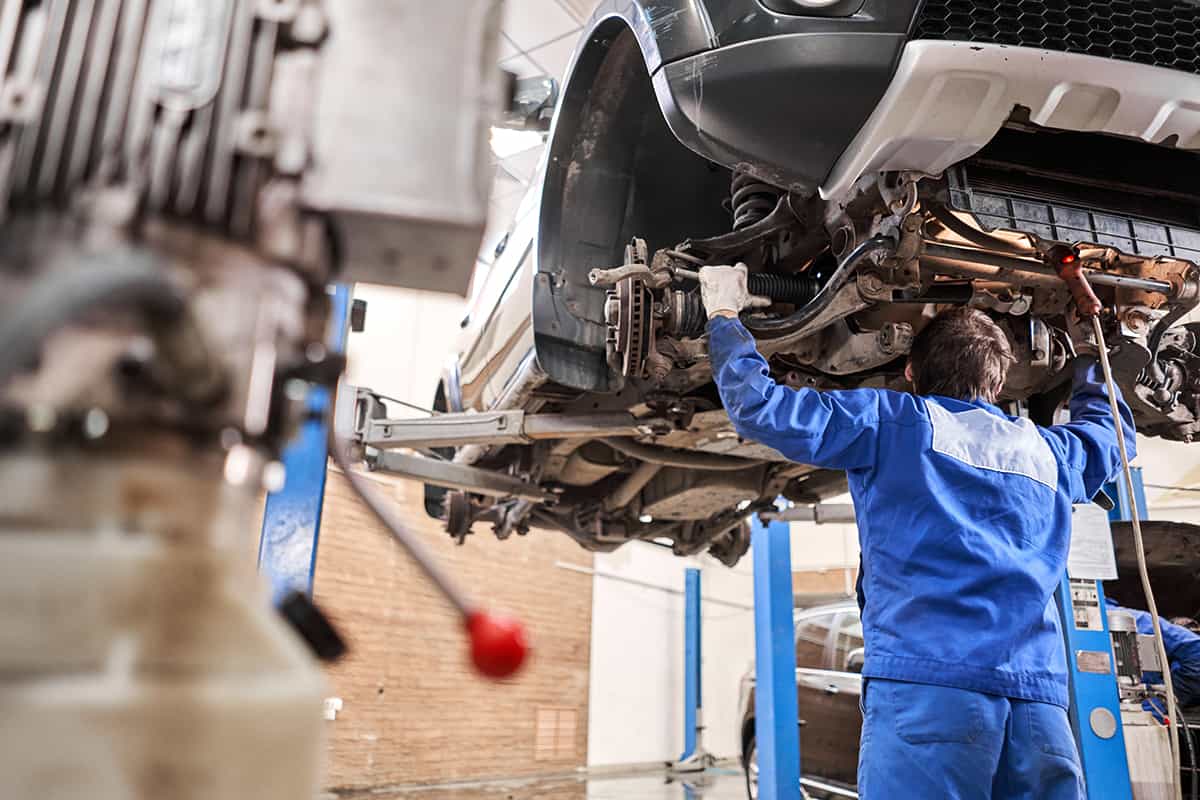
The most vital step towards fixing rod knock is recognizing and diagnosing it accurately. Once you’ve done that, you can explore various solutions. The severity and location of the problem, the value of the car, and your budget will influence the course of action you should take.
1. Engine Oil and Additives
In mild cases of rod knock, where the bearing hasn’t suffered significant damage, changing the engine oil could help. Fresh oil might provide the necessary lubrication to minimize the knocking sound and prevent further wear. There are also various oil additives on the market designed to reduce engine noise.
2. Replacing the Damaged Bearing
A more long-term solution involves replacing the damaged bearing. This process, often referred to as a “bottom end rebuild,” requires the engine to be partially or fully disassembled, depending on its configuration and the location of the damaged bearing. Given the complexity of this repair, it’s usually best left to professional mechanics.
3. Engine Rebuild or Replacement
In severe cases where rod knock has caused extensive damage, an engine rebuild or replacement might be the only viable solution. A rebuild involves completely disassembling the engine, inspecting all parts, replacing any that are worn or damaged, and then reassembling the engine.
If a rebuild is not economically feasible, or if the engine block is damaged (such as when a rod has been thrown), replacing the entire engine might be the best option. You can choose between a brand-new engine or a used one, each with its own cost implications.
